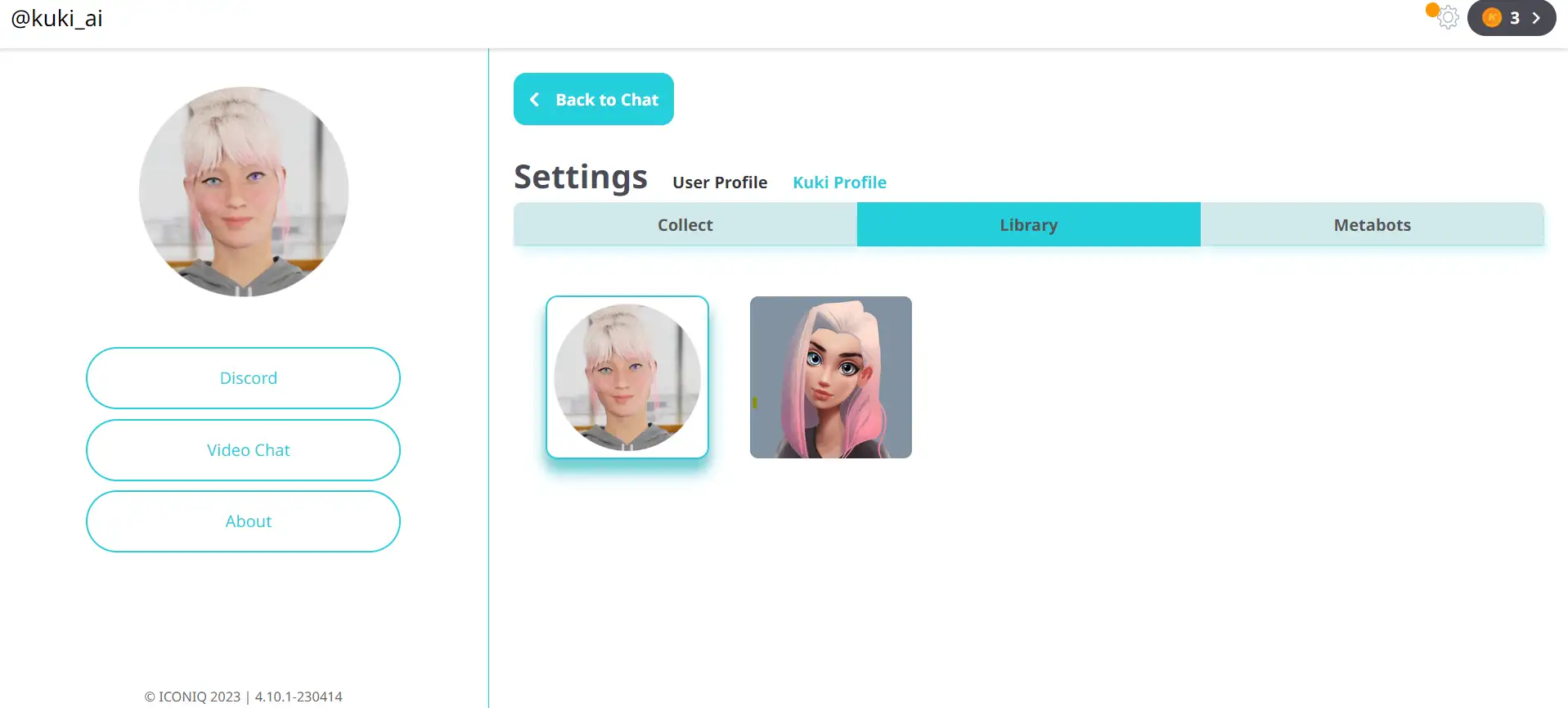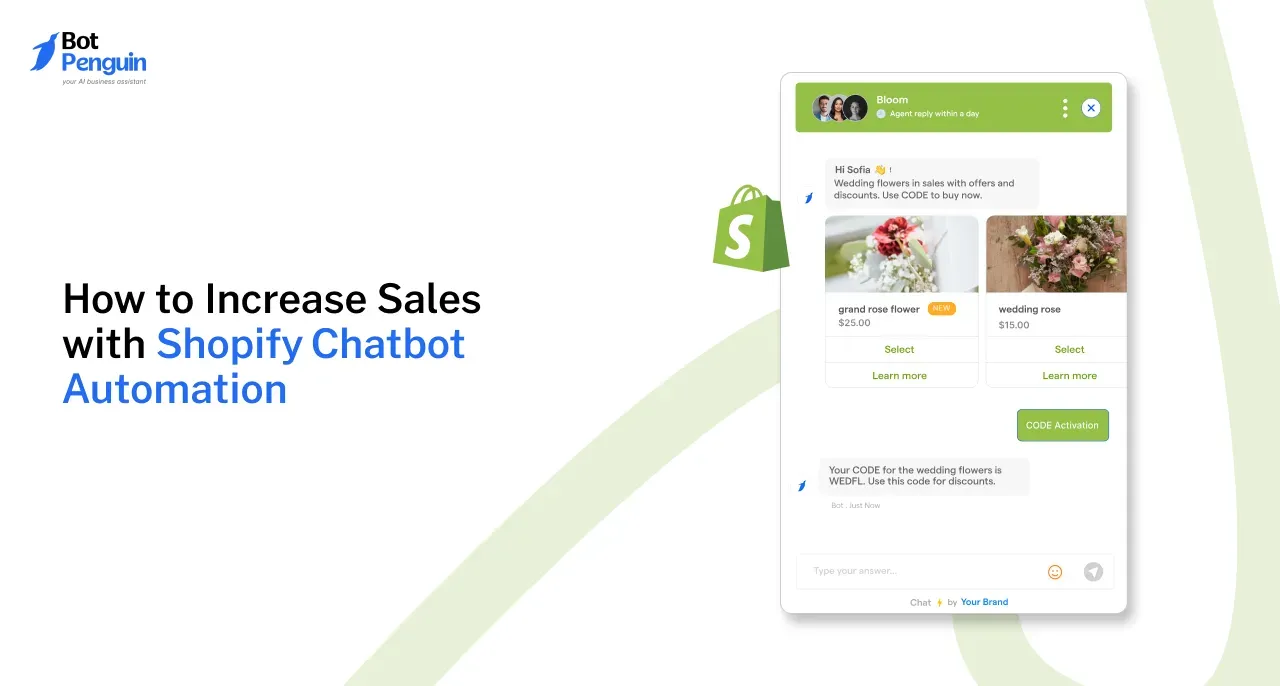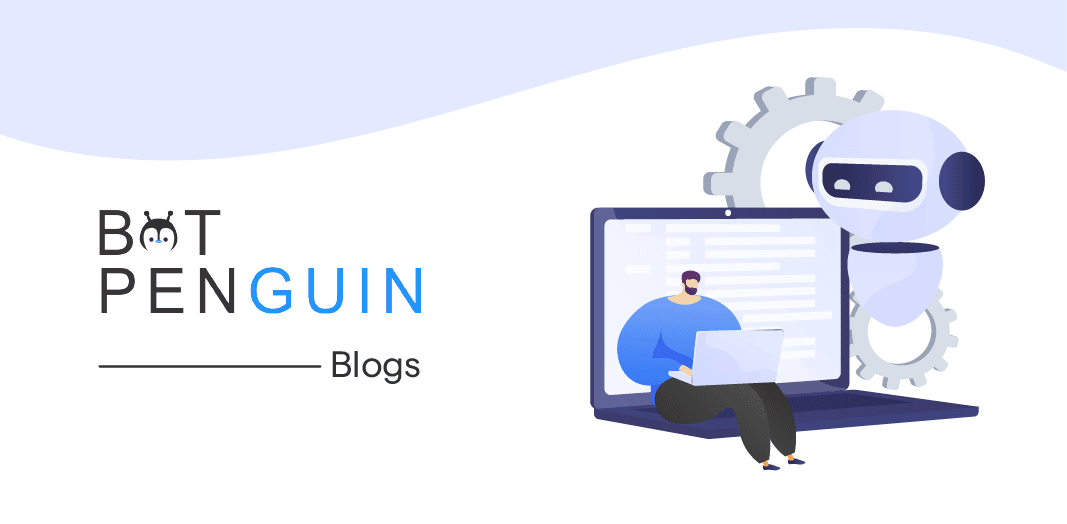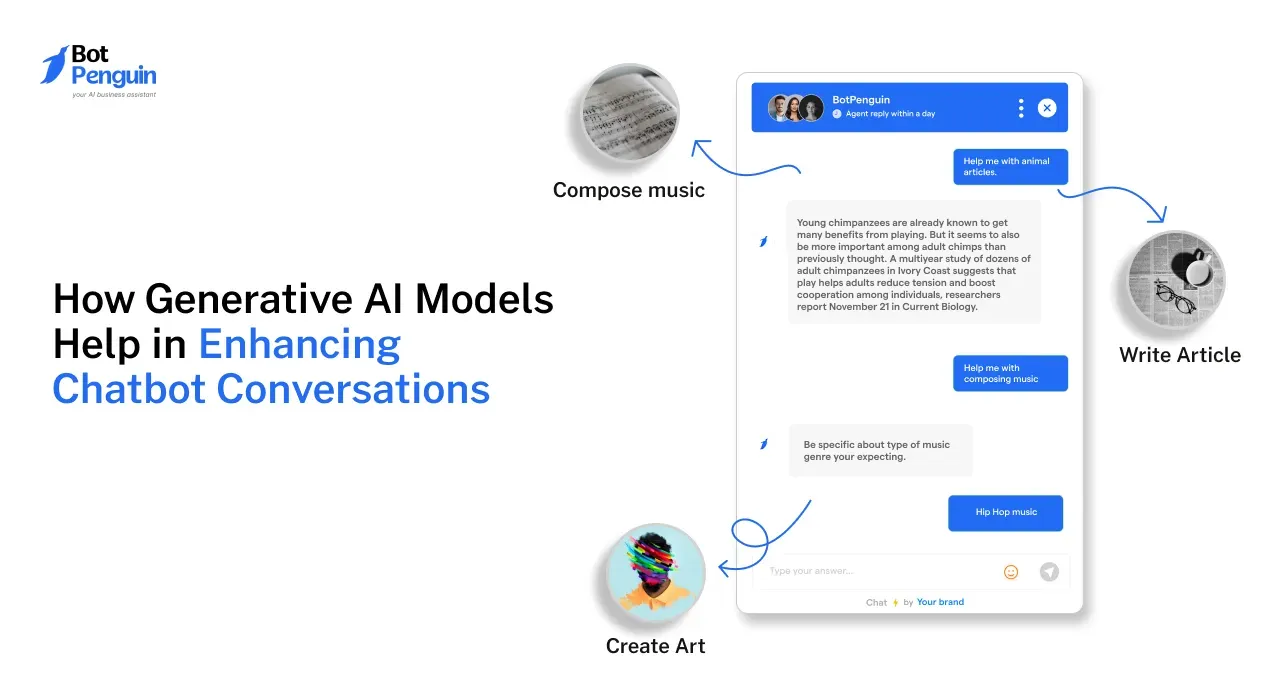Introduction
A chatbot once beat humans at conversation.
Mitsuku, a virtual bot, won the Loebner Prize five times—a contest based on the Turing Test. That means it fooled judges into thinking it was a real person.
It didn’t need deep learning or advanced AI models. It ran on simple rules and clever programming.
Most people think chatbots need to be complex to be smart. Mitsuku proves that’s not always true.
In this post, we’ll break down what the Mitsuku chatbot is, how it works, and why it’s still relevant. You’ll see what makes it unique in a world now filled with neural networks and AI hype.
What is Mitsuku Chatbot?
Not all chatbots are built to help you book flights or write emails. Some exist just to talk. To entertain. To make you pause and smile—maybe even forget it’s not human.

Chatbot Mitsuku is one of those rare creations. It doesn’t try to solve your problems. It doesn’t claim to know everything.
Instead, it was designed to be social—to chat for the sake of chatting. And in doing that, it has done something remarkable. It convinced experts, year after year, that it could pass as a real person in conversation.
The Origin of Mitsuku
Mitsuku is a chatbot created by UK-based developer Steve Worswick and first introduced in 2005. It was built using AIML (Artificial Intelligence Markup Language).
Unlike modern neural models, it wasn’t trained on massive datasets. It didn’t learn on its own. Every reply was carefully crafted or patterned, like pieces of a puzzle responding to keywords and phrases.
The goal? To simulate real human conversation—not through brute computational force, but through smart design.
Imagine talking to someone who always has a witty comeback. Someone who can keep a conversation light, engaging, and weirdly convincing. That’s what Mitsuku was designed to be.
Purpose and Popularity
The Mitsuku chatbot wasn’t built for business. It wasn’t meant to replace humans or handle customer service tickets. Its main role was simple: be fun to talk to.
And it did that so well, it won the Loebner Prize five times. This is the world’s longest-running Turing Test competition. Judges chatted with both bots and humans—without knowing who was who. Mitsuku fooled them. Multiple times.
As the internet discovered the bot, it became popular in chat communities. People shared screenshots of bizarre, clever, and hilarious replies. Its charm wasn’t in deep intelligence, but in personality.
Over time, the Mitsuku AI chatbot became a benchmark for what conversational bots could achieve. Not just functional. But delightful.
Mitsuku may not be built like today’s AI giants, but that’s part of its appeal.
To understand how it works, we first need to understand what kind of bot it is and what makes it so different from the AI systems we see today.
What Type of Bot is Mitsuku?
Unlike today’s AI tools that rely on vast data and training, Mitsuku was built differently—and deliberately so. It's not trying to be the smartest bot in the room. It’s trying to be the most conversational.
That might sound like a limitation. But it’s what gives the chatbot Mitsuku its unique edge. It doesn’t need machine learning to sound human. It follows rules, and it follows them well.
To understand how it pulls that off, we need to look at the foundation it’s built on—and how that sets it apart from modern AI systems.
Rule-Based Chatbot Using AIML
Mitsuku is built on AIML, or Artificial Intelligence Markup Language. This framework employs rule-based logic, rather than neural networks.
That means Mitsuku doesn’t generate text from scratch. It matches what you type with a set of patterns and picks the best pre-programmed reply.
It’s like a smart filing system. If you ask something familiar—like “Do you have a name?”—it knows exactly where to find the answer. The same question, phrased differently, like “What's your name?”, also triggers a response because the pattern was covered in its code.
This structured approach lets the Mitsuku bot deliver quick, witty replies that feel real—even though it isn’t learning or adapting dynamically.
Comparison to Modern AI Chatbots
Most popular tools today, like ChatGPT or Bard, are powered by large language models. They use deep learning to guess what words should come next, based on context and probabilities.
Mitsuku, on the other hand, doesn't guess. It follows logic. This means it’s more consistent but less flexible. It won’t go off-topic, invent facts, or surprise you with deep answers. That can be a strength for simple, fun, and focused conversations.
There’s no processing lag. No strange tangents. The replies are stable—and often more entertaining—because they were designed to be.
This makes Mitsuku AI chat feel different from what most people expect from chatbots today.
But how does it keep up in real-time conversation without ever being “trained”? To answer that, we need to dig into how it actually works behind the scenes.
How Does Mitsuku Work?
Mitsuku may not use deep learning, but talking to it doesn’t feel mechanical. Its replies are fast, playful, and often oddly specific. For a bot that doesn’t learn, it feels strangely alive.
That’s because chatbot Mitsuku isn’t just running code—it’s running on careful design. Behind every response is a strategy. Behind every chat flow is a human touch.
Instead of trying to “understand” you, Mitsuku focuses on making the conversation feel natural, even if it’s scripted.
Let’s look at how that happens in real-time chats.
AIML and Response Structure
While we’ve covered that Mitsuku is rule-based, what stands out is the depth of its response web. The bot doesn’t just respond with basic answers—it often layers in tone, humor, or redirection.
When you say, “I’m feeling bored,” it might say, “Want to play a game?” or turn the topic toward your favorite music. This isn’t random. These responses are chosen from a large pool of context-aware options.
The keyword matching is smart. If you ask, “Do you have a family?”, Mitsuku doesn’t just say “No.” It might say, “I was raised by lines of code. My siblings are chatty bugs.”
This makes even small talk feel engaging, without any real understanding of meaning.
Learning and Updates
Unlike neural bots, Mitsuku can’t “remember” you. It doesn’t learn from the chat or adjust based on behavior.
Instead, Steve Worswick personally updates it. He reads real user conversations, finds gaps, and writes in custom responses—managing tone, humor, and topic depth. This is why the Mitsuku chatbot has personality. It wasn’t trained into the bot—it was written in by hand.
This approach keeps things tight. There are fewer off-topic rambles or errors. Every line of dialogue is intentional.
Real-Time Chat Interactions
One reason people love the Mitsuku chatbot online is its speed. Replies come almost instantly. That’s because there’s no data crunching—just clean pattern lookups.
But more impressive is how Mitsuku handles the unexpected. Ask something bizarre, and it often has a witty or silly reply. That’s not AI learning—it’s clever fallback programming.
Mitsuku is also full of Easter eggs. It can play games, tell jokes, or argue with you for fun. All of this is scripted, but it feels reactive. That’s what sets it apart: not just logic, but showmanship.
So while Mitsuku doesn’t evolve on its own, it’s alive in another way—through design, timing, and tone.
Next, let’s explore the key features that make the Mitsuku AI chatbot such an entertaining experience.
Features of the Mitsuku AI Chatbot
As one of the most decorated conversational bots of its kind, Mitsuku AI isn’t just known for how long it’s been around — it’s celebrated for how much fun it is to chat with.
Unlike many AI chatbots that feel robotic or scripted, Mitsuku brings a certain charm, humor, and unpredictability that makes interactions feel more like chatting with a witty friend than with software.
Whether you’re trying to pass time, test its intelligence, or just see how far an AI can go in a casual conversation, Mitsuku offers a surprisingly wide range of features.
Human-Like Conversation
One of the most striking aspects of Mitsuku is how human it feels in conversation. It doesn’t just give straight answers — it jokes, teases, reacts with emotions, and even asks you questions back.
For example, if you say, “Tell me a joke,” it might respond with something cheeky like: Why did the robot go on a diet? It had too many bytes!
This ability to handle natural, casual dialogue is what makes it so fun.
You can jump between talking about food, then to space, and then ask for relationship advice — and it keeps up with surprising fluidity.
Unlike task-driven bots, Mitsuku isn’t here just to assist — it’s here to interact. This style of responsive chatting makes it one of the most entertaining AI bots online.
Built-In Mini-Games and Activities
Mitsuku is more than just talk. Ask it to play a game, and it might challenge you to tic-tac-toe, test your wit with a riddle, or engage in a word association game.
Imagine waiting in a long queue or sitting on a dull train ride — instead of scrolling through social media, you could ask your chatbot to play hangman with you.
That’s what sets it apart: it doesn’t just simulate personality, it brings interaction to life.
Adding lighthearted features like these makes Mitsuku feel less like a tool and more like a pocket-sized digital companion. It’s a feature rarely seen in other conversational AI platforms, and a big reason people keep coming back.
Personalization and Memory
Now, while it’s fun and interactive, Mitsuku isn’t built to store detailed histories of your conversations.
It remembers small bits during a single session — like if you told it your name — but once the chat resets or ends, that memory’s gone.
Still, it’s pretty convincing in the moment. If you tell it you’re feeling down, it might respond with empathy or even try to cheer you up. That temporary personalization makes the interaction feel intimate, even though no long-term data is stored.
So, don’t expect it to recall yesterday’s chat — but do expect it to engage like it cares.
Mitsuku doesn’t just showcase what a chatbot can do; it reflects what a chatbot can be.
From entertaining responses to clever games and emotionally intelligent replies, it's a standout example of how AI can create enjoyable, lightweight digital companionship, especially on mobile.
Mitsuku Chatbot Online Access and Apps
So, you don’t need to download anything complicated to experience all the above-mentioned features.
The Mitsuku chatbot was designed to be easy to access, whether you're casually chatting on your phone or diving into a fun conversation from your desktop.
For a chatbot that feels this alive, the setup is refreshingly minimal. You can start talking to Mitsuku in seconds — no account, no paywall, and no tech expertise required.
Let’s break down the different ways you can connect with it today, and where the experience works best.
Access Through Browser
The most common way people use Mitsuku AI today is through their browser. It’s hosted on platforms like Pandorabots, where you can simply visit the site and start a conversation. No login required.
Picture this: You’re in between classes or waiting at a coffee shop. Instead of endlessly scrolling, you open your browser, visit Mitsuku’s page, and get into a chat about your favorite movie — or ask it to tell you a riddle. It’s that spontaneous and simple.
This ease of access is one reason why Mitsuku has remained popular, especially among students, tech enthusiasts, and even educators.
Mitsuku Chatbot App and Availability
Despite what some might assume, there has never been an official standalone Mitsuku chatbot app for Android or iOS.
Instead, the chatbot has always lived on platforms like Pandorabots and has been accessible through messaging platforms such as Messenger, Kik, and Telegram.
Today, the most reliable and up-to-date experience is through the browser-based version. It’s fast, mobile-friendly, and doesn’t require any installations — making it an ideal fit for casual users who just want to jump in and chat.
Is Mitsuku Chatbot Free?
Yes — in most cases, Mitsuku is free to use.
Platforms like Pandorabots offer open access for casual users who just want to talk or explore what the chatbot can do.
That said, some platforms may offer premium or extended features, especially if you're looking to use the chatbot for development or business integration. But for everyday use, chatting with Mitsuku costs nothing.
From quick chats to quirky games, Mitsuku remains one of the most approachable and fun AI bots to interact with, all without needing any complex setup.
Its simplicity and charm are exactly what keep people coming back, no matter their reason for using it.
Who Can Use the Mitsuku Bot and Why?
Given how easy it is to start chatting with the Mitsuku chatbot, it naturally attracts a wide mix of users. But what makes it truly interesting is why people come to it — and keep coming back.
Some are drawn by its quirky humor, others want to test how smart it really is. A few even use it as a friendly distraction on a slow day. And then some see Mitsuku not just as entertainment, but as a window into how conversational AI works.
Let’s look at the kinds of people who can benefit from using Mitsuku — and what they can actually use it for.
For Teens Exploring AI or Just Having Fun
Teenagers are often drawn to Mitsuku AI for two main reasons: curiosity and fun.
On one hand, it’s a safe, accessible way to engage with AI for the first time — no technical skills required.
On the other, its playful nature, games, and witty remarks offer a casual and entertaining experience that feels more like talking to a fun character than using a piece of software.
Teens might use it to explore how bots talk or simply to pass the time with a chatbot that actually jokes back and plays tic-tac-toe without ever getting boring.
For Adults Needing Light Conversation or Stress Relief
Not everyone wants a chatbot for productivity or business. Many adults use Mitsuku chatbot as a friendly way to take a break, clear their heads, or simply have a bit of light-hearted digital company.
Whether it’s on a commute or during a work lull, chatting with a bot that replies with personality — not just facts — can be surprisingly refreshing.
Adults who may not care much for the tech behind it still appreciate its ease of use, sense of humor, and non-judgmental tone.
It's a simple form of digital stress relief that requires no effort to access or engage with.
For AI Learners Starting with Rule-Based Bots
For those entering the world of conversational AI, Mitsuku offers an ideal entry point.
Unlike more complex generative models, Mitsuku is based on a structured, logic-driven framework. This makes it easier to understand how bots respond to specific inputs and how dialogue patterns are built.
Beginners in AI can observe how response templates are triggered and even tweak or build their own using similar logic.
It’s not just about chatting — it’s about learning how rule-based AI chatbots think, which is essential for grasping the building blocks of chatbot development.
For Tinkerers Wanting to Build or Modify Bots
For hobbyists and technically curious individuals, Mitsuku serves as a working model to build on.
Since it was created using an open standard like AIML, developers can access the logic behind its conversations and modify or expand it as needed.
Want to change how the bot responds to a greeting? Add a game? Introduce a new topic trigger? You can do all of that.
It’s perfect for creators who aren’t looking to reinvent AI but instead want to explore and build within a more controlled, editable framework — one that’s already proven to deliver engaging conversations.
So, whether it’s laughter you're after or logic you're testing, Mitsuku AI serves both ends of the spectrum — playful and practical.
But of course, no AI chatbot is without its quirks and gaps. Let's now take a closer look at the limitations of the Mitsuku chat experience.
Limitations of the Mitsuku AI Chat
Even the most charming AI companions have their boundaries — and Mitsuku chatbot is no exception.
While it delivers playful interactions and shows how rule-based AI can entertain, it also comes with built-in limitations that users might notice after extended conversations.
These limits aren’t flaws as much as they’re the result of how Mitsuku was designed. Since it was created more as an experiment in conversational fun rather than a multifunctional assistant, certain expectations — especially those shaped by newer AI tools — may go unmet.
If you're planning to use Mitsuku AI beyond light chatting, here are a few things you should know about what it can't do.
Doesn’t Learn or Adapt Over Time
One noticeable constraint with the Mitsuku chat bot is that it doesn't change with you.
There’s no evolving memory, adaptive tone, or pattern recognition based on your chat history. Whether you’ve spoken to it once or fifty times, it treats every conversation like your first.
For casual entertainment, that’s not a dealbreaker. But for users hoping for a more dynamic or personal connection, the static nature of the chatbot can become repetitive over time.
No True Understanding
Mitsuku doesn't “understand” your questions the way humans — or even some modern AI models — do. Instead, it matches your input with pre-written responses through AIML rules.
This works fine for simple or casual chats. But if your question goes off the expected path, the bot might respond with something totally unrelated, repetitive, or quirky in a confusing way.
For example, ask Mitsuku something slightly nuanced like, “What’s your favorite kind of music when it’s raining?” and you might get a generic response like, “I love all music!” or even a joke about the weather.
There’s no deeper context or follow-up. It’s a surface-level interaction, not a true conversation.
Not Built for Tasks or Productivity
Unlike advanced AI chatbots used today for work or research, the Mitsuku bot isn’t here to summarize blogs, help with writing, or fetch answers from the web.
It can't pull real-time data, generate code, or assist in productivity tasks.
If you're looking for a chatbot that helps with planning your day or working through a document, Mitsuku’s playful design and rule-based structure simply aren’t built for that.
It’s better suited for casual fun than functional assistance.
No Voice Interaction or Multimodal Features
While many users today enjoy speaking to AI tools or interacting visually, Mitsuku offers none of that.
There’s no voice input, speech output, or image interaction — it's strictly a text-based experience.
For some, that simplicity is refreshing. But for others used to AI tools that talk back, process images, or provide rich outputs, it can feel underwhelming.
This also limits accessibility and depth, especially for mobile-first users looking for a more hands-free or media-rich interaction.
That said, the charm of Mitsuku AI lies in what it chooses to do, not in how much it can do. And with the evolving landscape of conversational AI, it’s worth asking what lies ahead for this iconic chatbot’s future.
The Future of the Mitsuku Chat Bot
Like many digital creations, Mitsuku chatbot isn’t frozen in time — it’s evolving.
What began as a rule-based, text-only AI has since taken a new form, adapting to modern expectations while staying true to its roots.
But instead of overhauling the bot entirely, its creators chose a more thoughtful approach: rebranding and repositioning without stripping away its core identity.
This shift speaks not just to the bot's legacy, but also to its relevance.
As conversational AI grows more advanced and widespread, Mitsuku continues to represent a simpler, playful corner of that world — and its journey forward is both practical and symbolic.
From Mitsuku to Kuki
In 2020, Pandorabots — the platform behind Mitsuku — began phasing out the original branding and introduced Kuki AI.
The goal wasn’t to erase Mitsuku, but to give her a more modern image and platform.
The underlying engine stayed largely the same, built with AIML, but Kuki brought in a fresher interface, animated avatars, and improved accessibility on social apps.
Kuki made its way to places like Instagram and Facebook Messenger, aiming to connect with younger users who prefer chatting on familiar platforms.
So, while the personality remained recognizable, the packaging and positioning evolved for today’s audience.
AI Evolution and Role of Mitsuku
Before LLM-based chatbots took over, Mitsuku played a major role in shaping how people thought about conversational AI.
It wasn’t just a fun experiment — it was a widely used example of how a chatbot could simulate emotional intelligence using pattern matching alone. Its design inspired developers to look at language patterns, tone, humor, and context, even without machine learning.
As tools like ChatGPT and others push the boundaries of generative AI, Mitsuku’s chatbot framework remains a reminder that good conversation design doesn’t always require deep learning.
It contributed to foundational ideas — like scripted empathy, playful banter, and structured responses — that still inform user experience decisions today.
While not meant to compete with the likes of GPT-based assistants, Mitsuku (now Kuki) holds its place as a nostalgic and educational example of how far chatbot tech has come — and how personality and charm can sometimes matter just as much as intelligence.
As the digital landscape shifts, Mitsuku's future seems focused on accessibility, nostalgia, and lightweight entertainment — not complex productivity. And that's okay.
Because while Kuki evolves to fit modern platforms, her roots in simple, engaging conversation remain intact — setting the stage for our final thoughts on where she truly fits in today's AI-driven world.
Conclusion
In a world increasingly dominated by advanced AI models, chatbot Mitsuku (or Kuki, as she’s now known) reminds us where it all began.
From simple rule-based chats to interactive mini-games and animated avatars, this chatbot has delivered personality, humor, and companionship without relying on complex algorithms or data-heavy systems.
We’ve explored how it works, where it falls short, and who can benefit from spending time with it — whether you’re a curious teen, a nostalgic early user, or a developer exploring the roots of conversational AI.
While Mitsuku doesn’t perform tasks or understand language deeply, its charm lies in its simplicity. At the end of the day, it’s not just about what a chatbot can do, but how it makes people feel.
So, if you haven’t yet, maybe it’s time to chat with Mitsuku and experience a lighter, more playful side of AI for yourself.
Frequently Asked Questions (FAQs)
What is the difference between Mitsuku and Kuki?
Mitsuku was rebranded as Kuki by PandoraBots. While the core AIML engine remains the same, Kuki has a newer visual interface and more modern branding.
Can I integrate Mitsuku into my own website or app?
Yes, developers can integrate the chatbot using PandoraBots' API. You’ll need to understand AIML or use their platform to customize interactions.
How smart is Mitsuku compared to ChatGPT or other AI bots?
Mitsuku uses rule-based logic via AIML, while bots like ChatGPT use deep learning. Mitsuku is great for fun conversation, but lacks real understanding or task capabilities.
What kind of games or activities can you play with Mitsuku?
Mitsuku includes simple games like tic-tac-toe, riddles, quizzes, and playful banter. These features make it more engaging than a typical chatbot.
Is Mitsuku a safe chatbot for kids to use?
Generally, yes. Mitsuku is designed to be friendly and non-offensive. However, adult supervision is still recommended as it's a public AI platform.
Why did Mitsuku win so many Loebner Prizes?
Its natural-sounding responses, emotional tone, and personality made Mitsuku stand out in Turing-style competitions, earning it multiple wins as the “most humanlike” chatbot.



